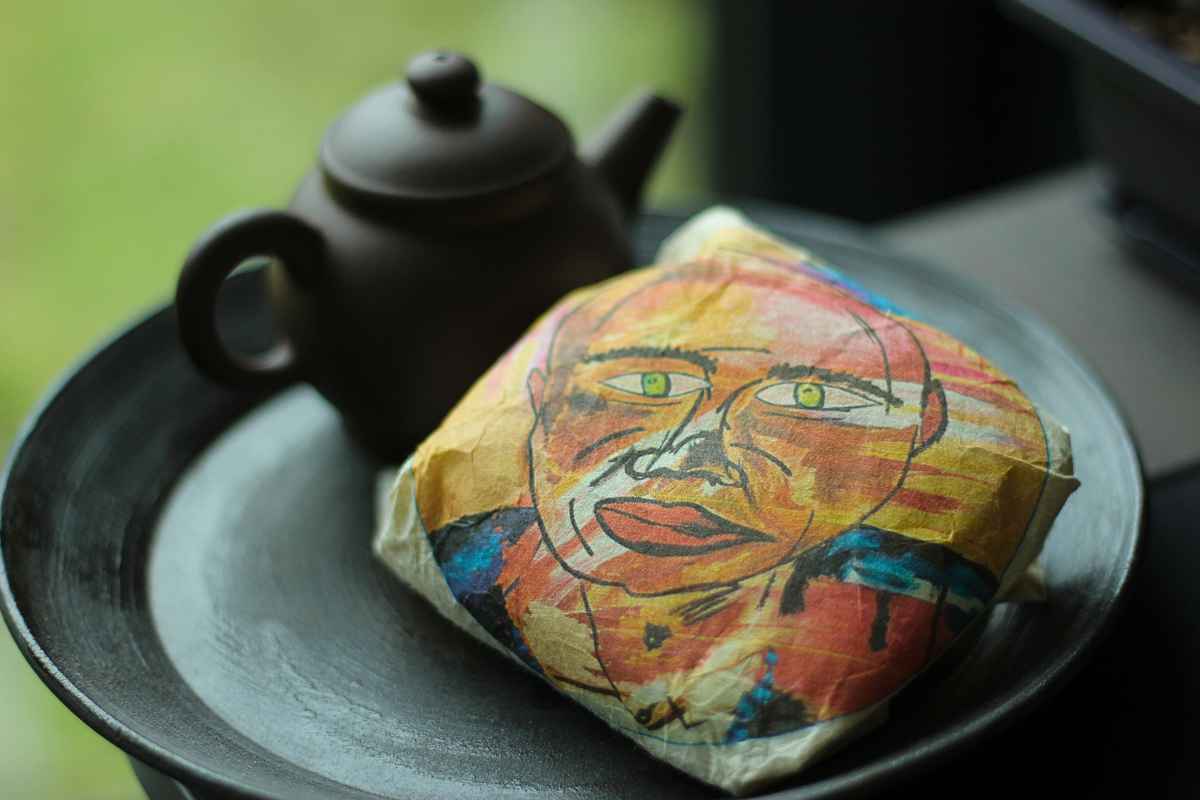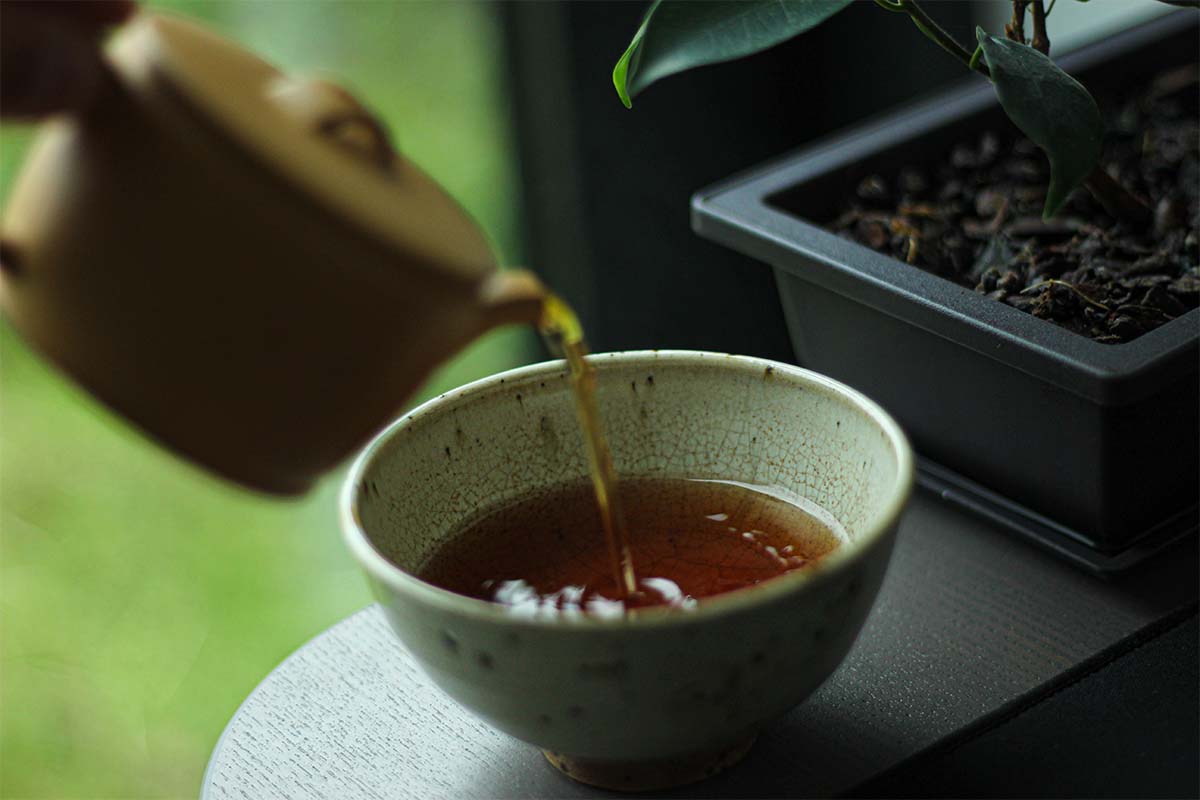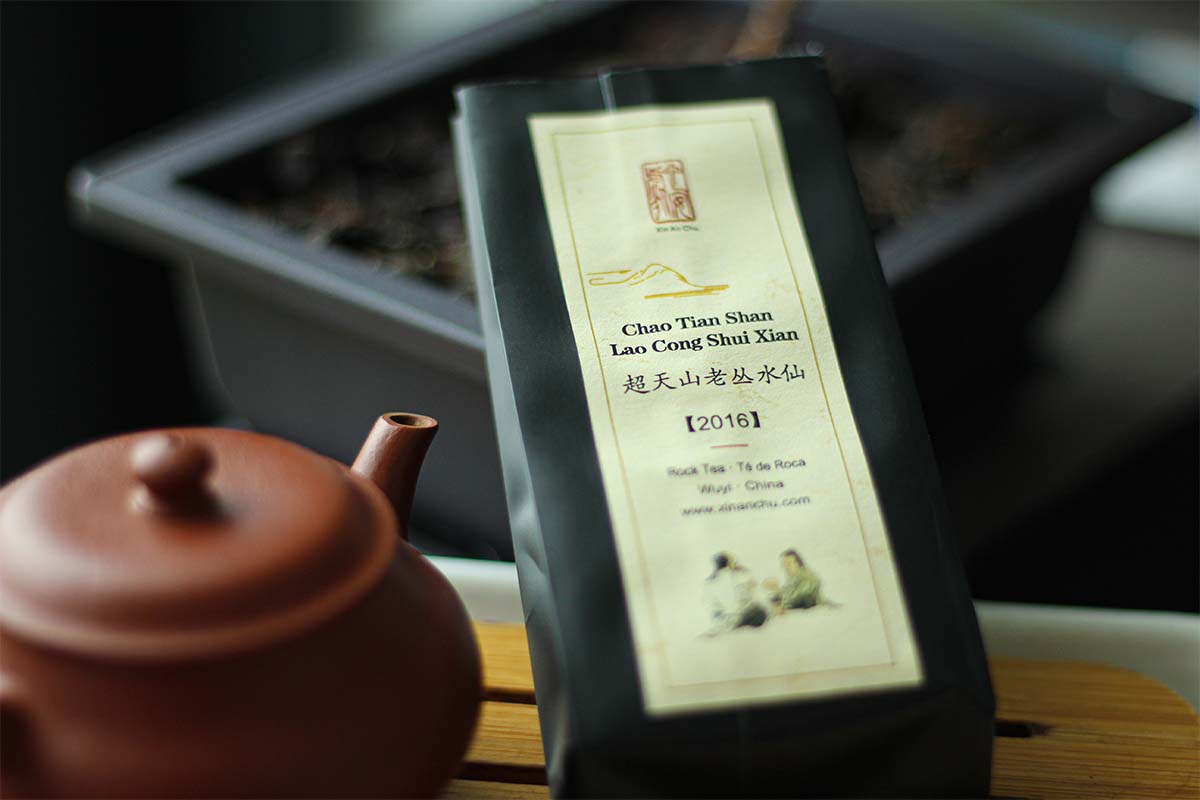If you have a clay teapot from Yixing, you want to take good care of it. That means keeping it clean, shiny, and ready for another tea session. But what exactly do you need to do to keep it clean? This article discusses how to clean Yixing teapots.
Cleaning an Yixing teapot can easily be done by pouring hot water in and over it. Then you discard the water and use a cloth to clean the outside of your teapot. Most tea stains will be removed, but if this is not the case, you might need to scour your teapot.
Yixing teapots
Yixing teapots are clay teapots from a town called Yixing, which is in China’s Jiangsu province. These teapots are famous for their characteristics and ability to improve the tea you’re drinking.
There are different types of Yixing teapots because there are numerous varieties of clay from the mines in and around Yixing. The three main types of Yixing clay are zini (purple clay), hongni (red clay), and duanni (yellow/grayish clay). There are also several subtypes within each category.
The most important characteristic of Yixing teapots is that they’re made of clay and unglazed on the inside (usually on the outside as well). This is the reason that over time, these teapots absorb tea oils and affect later brews.

Don’t know where to buy tea online? I made a list of over 300 online tea shops and I keep updating it regularly. You can check it over here
The fact that these teapots are porous also implies that they not only absorb tea oils but everything you put in them. This means that you cannot clean your Yixing teapots by using soap. If you do this, chances are high that your teapot is ruined.
Cleaning Yixing teapots
If you cannot wash your teapot with soap, how should you do it then? There is a difference between cleaning the inside and outside of Yixing teapots.
Cleaning the outside of your teapot is pretty simple. You pour hot water over it, let it evaporate, and then use a clean tea towel to wipe off the remaining water and tea stains. If there are several tea stains, you can use a moist towel to wipe them off.
The inside of your teapot is a bit more complicated because it’s more delicate than the outside of the pot. The inside is porous so it’s better not to wipe anything on it; especially a towel.
Cleaning the inside of your teapot is best done by pouring hot water into the teapot, waiting half a minute, and then pouring it out. If you do it like this and make sure there are no leftover leaves or water in the teapot, the remainder of the water will evaporate and your pot will be dry in no time.
Next, put your teapot on a shelf (or somewhere you usually put it) with the lid off to let it dry completely. If you clean your clay teapot like this, you will enjoy it for a very long time.
How not to clean clay teapots
Now you know how to keep your teapot clean, it’s also important to know what not to do. Because clay teapots are porous, you should stay away from soap, chemical solvents, or anything else that is frequently used to clean.
The chemicals will be absorbed by your teapot and you will ingest them next time you brew tea in it. Some people say it’s fine to use natural cleaning products to clean your teapot, but I wouldn’t recommend those.
How to scour a teapot
If you didn’t clean your teapot for a very long time or you bought a second-hand teapot, it’s possible that you need to scour your teapot. This means that you clean your teapot thoroughly so all the tea oils and other components are removed from the pores in the pot. You reset your teapot this way.
You can compare scouring a teapot to a deep cleaning of any kind. There are some steps involved and you might want to repeat some steps, depending on how much the teapot was used.
The first step is to fill a clean cooking pot with water and place your teapot and teapot lid in the pot so they are fully submerged in the water. Then start heating the pot until the water boils, then turn off the heat.
Once the water boils, you need to add a cleaning agent. The best one is white ash. There are several other options but those might not be available in the west. A great alternative is sodium percarbonate, which is a water-soluble solid that is used in non-chlorine bleach products.
You just need to use around one teaspoon of the cleaning agent and put it in the cooking pot. Then put on the lid and let it rest for a night (up to 12 hours).
After letting it rest for around 12 hours, discard the water and clean the teapot with warm water. Then start rinsing the teapot with cold water and use a cloth to clean your pot until it’s clean.
Now you need to put the pot and the teapot lid back in a cooking pot filled with water and bring it to a full boil again. Once the water boils, turn off the heat and let it rest for a couple of hours. Then clean your teapot with a cloth once again.
You can repeat this process several times until you don’t see any more stains. It usually takes around 2-4 cycles to completely reset a teapot. If you see something floating in the cooking pot after letting it cool down, the teapot isn’t ready and you need to do another cycle.




